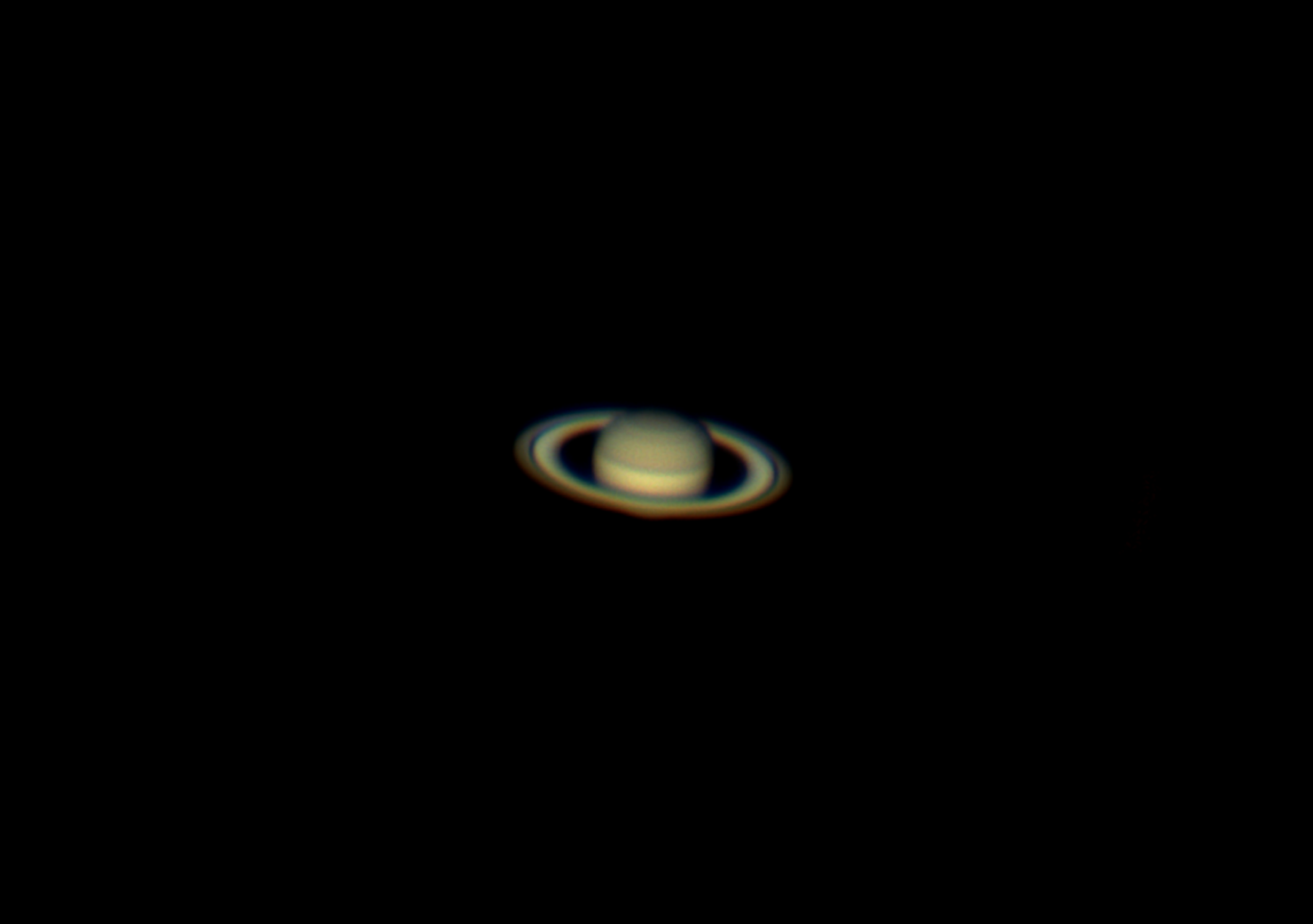Saturn
Saturn is big; you can fit about 9 Earths end-to-end inside Saturn. However, Saturn has only one-eighth the density of Earth. If you were to put Saturn in a large vat of water, Saturn would float!
Galileo was the first to observe Saturn under magnification in 1610. However, Galileo’s telescope at the time was not capable of resolving Saturn’s rings. Instead, Galileo noted his observation that Saturn had ‘handles’ or ‘ears’.
In 1659, Dutch astronomer Christaan Huygens used improved optics to confirm that the ‘handles’ were in fact rings around the planet. He also discovered Saturn’s moon Titan.
In 1675, French-Italian astronomer Giovanni Cassini discovered 4 other major moons of Saturn. He also discovered a narrow gap in between Saturn’s rings. This gap was later coined the “Cassini Division”.
The Cassini-Huygens space research mission was a collaboration between NASA, the European Space Agency (EPA) and the Italian Space Agency (ISA). The robotic spacecraft was comprised of the Cassini probe and the Huygens lander, which landed on Saturn’s moon Titan. In the Cassini probe’s “Grand Finale”, the space probe made high risk maneuvers near Saturn’s rings to collect data. After this success, Cassini made one last contribution to research by entering Saturn’s atmosphere; an action that would ultimately destroy the probe in the name of science.
It took no me no effort to resolve the Cassini division in this photo of Saturn. I’ll refer to a metaphor that is frequently used to illustrate progressions people make in science:
It is because we “Stand on the shoulders of giants”.

Comments
Post a Comment